Athletes demand an extraordinary amount of work from their bodies. The repeated training, conditioning and exercise they perform can subject their bodies to quite a bit of wear and tear, making them more susceptible to sports-related injuries. These injuries can include sprains, strains and even torn muscles. Traditionally, injuries caused by athletic performance have been treated with ice, rest, stretching, exercise and manual therapy. But more and more, we are seeing exciting results with the use of dry needling to treat athletic injuries.
So, what exactly is dry needling and how does it work? Dry needling, similar to traditional acupuncture, is a specialty of physical medicine which uses needling techniques to provide therapeutic benefit such as pain relief, improved range of motion, muscle relaxation, and sports performance.
When an athlete sustains an injury, the healing process triggers inflammation and swelling. This then causes a decrease in circulation and a buildup of fluids. Adhesions can begin to form between neighboring tissues. These adhesions are called trigger points, and they can prevent muscles from working properly. Dry needling works by using very fine gauge needles to target these underlying muscular trigger points. When the trigger points are reached through the skin, the blood flow is able to increase, pain decreases and tissue health improves. This results in quicker healing and improved athletic performance.
Dry needling is an exciting option of treatment because it offers doctors the ability to specifically target muscular areas of the body with little pain or discomfort. Therefore, all types of athletes can benefit from it. As just one example, a 2009 UK study looked at dry needling treatment of shoulder injuries in female volleyball players. The players were treated with dry needle therapy of the scapulohumeral muscles over the course of one month during an intensely competitive stage in their season. Results found that all players’ range of motion, pain and strength were improved at the end of treatment. It was thus determined that their athletic performance was improved with dry needle therapy.
Here are some of the numerous athletic issues that can be treated with dry needle therapy:
- Neck and Back Pain
- Shoulder Pain
- Tennis Elbow
- Carpal Tunnel
- Rotator Cuff Injuries
- Pulled Hamstrings
- IT Band Pain
- Migraines
- Hip and Gluteal Pain
- Knee Pain
- Achilles Tendinosis
- Plantar Fasciitis
- Sciatica
- Muscular Strains/Ligament Sprains
- Chronic Pain
- Repetitive Motion Injuries
- Sub-Occipital Headaches and Neck pain
- Radiculopathies
- Concussions
Dr. Mike C. Chanatry is the leading expert in dry needling in North Florida. Dr. Mike has seen profound results from this form of therapy. He is certified by IDN, Integrative Dry Needling, with advanced training to set him apart as a front-runner and advocate for the effectiveness of dry needling. Dr. Mike has been working with Jacksonville University Sports Medicine in a team approach to rehabilitating injured athletes.
If you’re an athlete who’d like to learn more about how dry needling can quickly improve your sports related injuries and improve your athletic performance, call Dry Needle Pain Relief today at (904) 743-6700.
Resources:
http://aim.bmj.com/content/28/1/42.short
http://mayoclinichealthsystem.org/hometown-health/speaking-of-health/on-pins-and-needles-just-what-is-dry-needling
https://www.cancer.gov/about-cancer/treatment/cam/patient/acupuncture-pdq
https://integrativedryneedling.com/



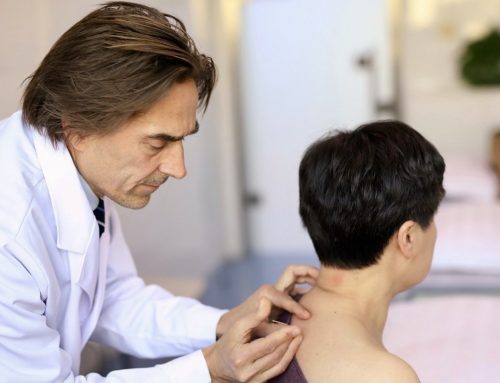
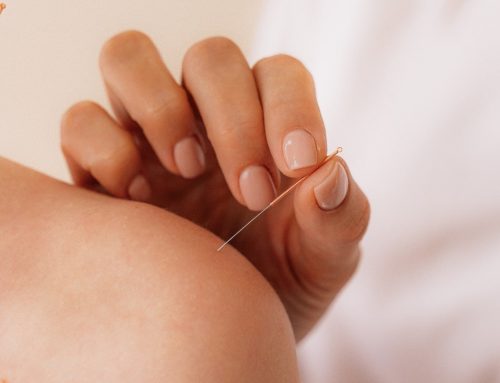
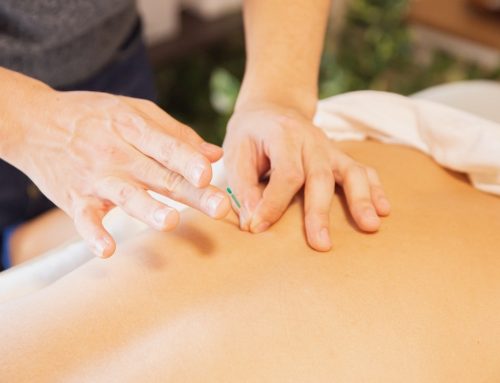
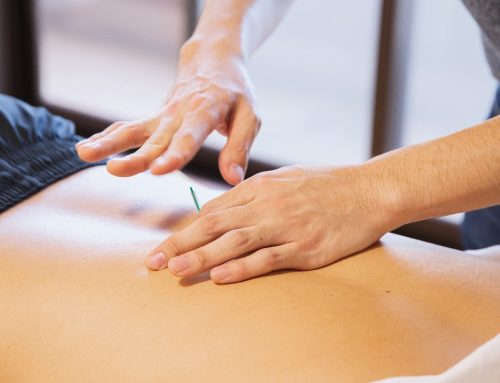
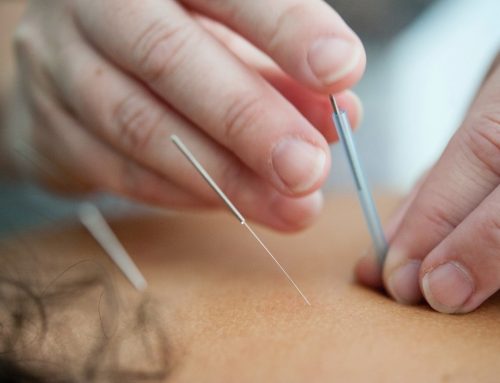
Leave A Comment